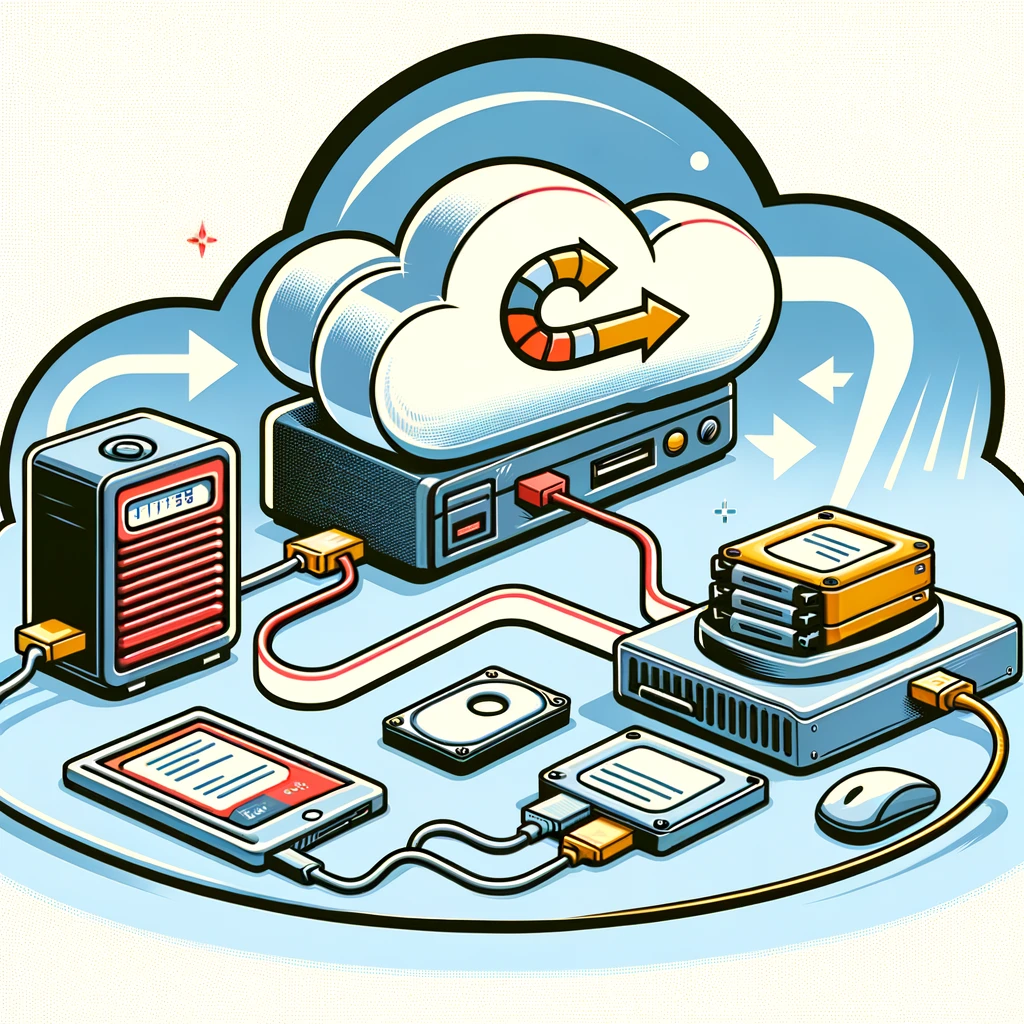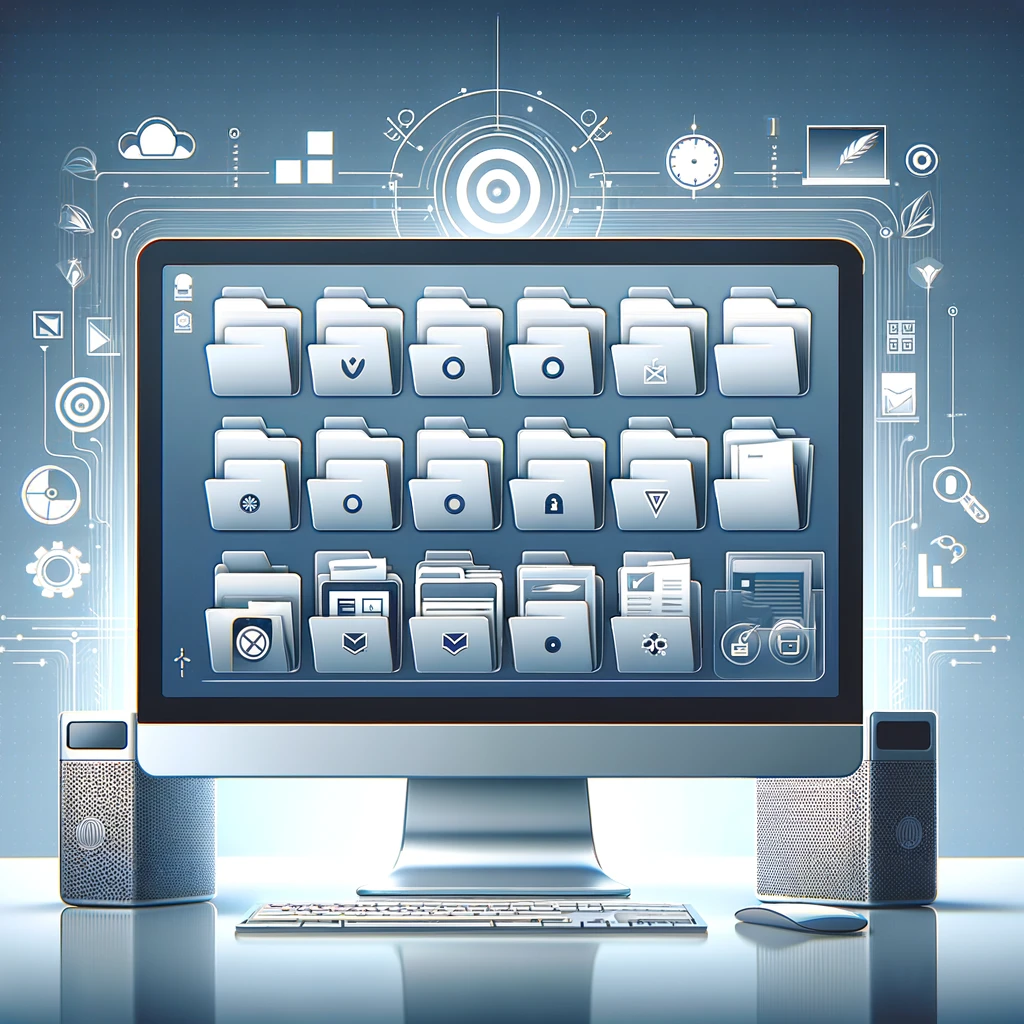Upgrading to a new PC is an exciting venture, promising faster performance, more features, and an improved user experience. However, the process of transferring your data, settings, and applications from an old PC to a new one can be daunting. To ensure a smooth transition, here are seven crucial tips to follow before you begin the transfer process.

1. Backup Your Data
Never underestimate the importance of backing up your data. Before you start, make sure to backup all your important files, including documents, photos, videos, and any other critical data. Use an external hard drive, cloud storage, or both to ensure you have multiple backups. This step protects you against any unexpected data loss during the transfer.
2. Clean Up Your Files
Declutter your digital space. Transferring unnecessary files can consume time and space on your new PC. Go through your files and delete anything you no longer need. Consider uninstalling programs that you don’t use. This is also a great opportunity to organize your files into clearly labeled folders for easier access on your new system.
3. Gather Your Software Licenses

Prepare your software for the move. Make a list of all the software you plan to reinstall on your new PC, including operating systems, applications, and games. Ensure you have the installation files and any necessary product keys or licenses. For software purchased online, you may need to deactivate it on your old PC before reactivating it on the new one.
Also Read- Few Safety Tips To Access Your Computer From Anywhere In The World For Free
4. Update Your Software
Ensure compatibility with your new PC. Check for any available updates for your software, especially if you’re moving to a PC with a newer operating system. This helps avoid compatibility issues and ensures that you’re using the latest features and security updates.
5. Consider Using Transfer Tools
Leverage technology to ease the process. Various tools can help transfer your data and settings. Windows users can use tools like Microsoft’s Windows Easy Transfer (for older versions) or third-party software designed for data migration. Research the best option for your needs to facilitate a smoother transition.
6. Secure Your Personal Information
Protect your privacy. Before transferring your data, ensure all personal information is secure. Use strong passwords, encrypt sensitive files, and consider using a VPN during the transfer, especially if you’re using cloud services or an external network.
Also Read- 5 Tech Hacks For Aspiring Content Creators
7. Set Up a System Restore Point
Prepare for any eventuality. On your new PC, create a system restore point before starting the transfer. This provides a safety net, allowing you to return your computer to its original state if anything goes wrong during the transfer process.
By following these seven tips, you can ensure that your transition to a new PC is as smooth and hassle-free as possible. Not only will you protect your data, but you’ll also set yourself up for a fresh start with a well-organized and efficient computing environment.




































